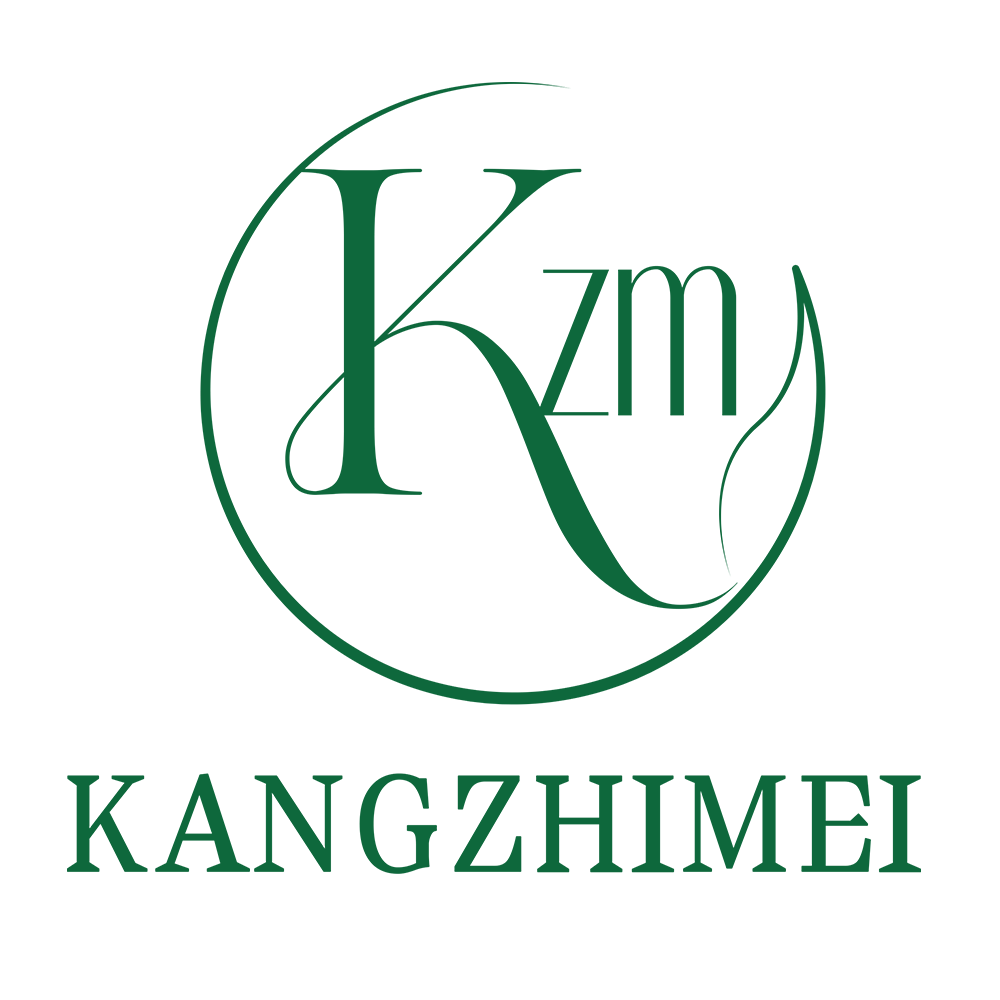In recent years, the pain relief market has seen a significant shift towards topical solutions, with pain creams emerging as a popular alternative to oral medications. This trend has given rise to a thriving industry centered around pain cream manufacturing, with Pain Cream Factories becoming key players in the healthcare sector.
Pain creams offer localized relief for various conditions, including arthritis, muscle strains, and chronic pain. Unlike oral painkillers, these topical solutions can be applied directly to the affected area, potentially reducing systemic side effects. This targeted approach has resonated with consumers seeking effective, non-invasive pain management options.
The growing demand for pain creams has led to the establishment of specialized Pain Cream Factories worldwide. These facilities are equipped with state-of-the-art technology and staffed by experts in pharmacology, chemistry, and manufacturing. The production process involves careful formulation, blending of active ingredients, and rigorous quality control measures to ensure product safety and efficacy.

Many Pain Cream Factories have adopted a business model that includes Original Equipment Manufacturing (OEM) services. OEM allows these factories to produce pain creams for other brands, leveraging their expertise and manufacturing capabilities. This approach has opened up new avenues for growth and collaboration within the industry.
The OEM model offers several advantages for both Pain Cream Factories and their clients. For factories, it provides a steady stream of business and allows them to operate at full capacity. Clients, on the other hand, can benefit from the factory’s specialized knowledge and infrastructure without investing in their own production facilities.
As the pain cream market continues to expand, innovation has become a key focus for manufacturers. Pain Cream Factories are constantly researching and developing new formulations to enhance the effectiveness of their products. This includes exploring natural ingredients, improving absorption rates, and creating specialized blends for different types of pain.
The regulatory landscape surrounding pain cream production is complex and varies by region. Pain Cream Factories must navigate a web of regulations governing ingredient sourcing, manufacturing processes, and product claims. Compliance with these regulations is crucial for maintaining consumer trust and market access.
Looking ahead, the future of pain cream manufacturing appears bright. As populations age and the prevalence of chronic pain conditions increases, the demand for effective topical pain relief solutions is expected to grow. Pain Cream Factories are well-positioned to meet this demand, with many expanding their operations and investing in research and development.
In conclusion, the rise of pain cream manufacturing represents a significant shift in the pain relief market. Pain Cream Factories, with their specialized knowledge and OEM capabilities, are at the forefront of this industry transformation. As the sector continues to evolve, these factories will play a crucial role in shaping the future of pain management and topical healthcare solutions.






